
Varleisha Gibbs – Sensory-Based In-Session: Strategies, Techniques & Equipment for Children with ASD, SPD, & ADHD
Join sensory and self-regulation expert, Varleisha Gibbs, OTD, OTR/L, and discover various sensory strategies, techniques, and equipment to use when working with children with ASD, SPD, and ADHD. The underlying neurological components will be reviewed to connect neuroanatomy to practice. Through live demonstrations at a sensory clinic, you will learn what types of equipment you should purchase for your clinic as well as their appropriate use, when to use them, and for how long. Video examples of children in a sensory clinic will be used to demonstrate correct versus incorrect methods including how to maneuver the equipment for the sought response as well as what happens when equipment is used incorrectly.
A unique emphasis will be given to the neurological background, in relation to specific treatment techniques. Evidence-based practice will be an integral part of reviewing theories and current treatment techniques. Treatment techniques to be analyzed include: sound-based, movement, and vision-based therapies.
- Gain knowledge relating to the neuroscience behind self-regulation
- Understand the cause and effect of intervention techniques as they relate to neurological components
- Determine the specific equipment and techniques to use for what type of child
- Identify how long and how often to use sound-based, movement, and vision-based therapy techniques
- Apply appropriate strategies that work for treating children with ASD, SPD and ADHD
Introduction
- The Neurological connection: background information on the Central Nervous System and Autonomic Nervous System and self-regulation
Research
- Theories and principles for treatment interventions: To include Polyvagal and Sensory Integration theories
Current Treatment and Intervention
- Traditional Strategies: When and how to use swings, climbing, and crashing activities
- Sound-based Therapies: Identify what music to use, when to use it, and for whom
- Movement Therapies: Appropriate use of yoga, Pilates, dance and drum therapy
- Vision Therapies: Use eye yoga and tracking games
Application of Strategies that work
- Awakening the Vagus Nerve: The use of breathe, Valsava, and massage
What is Metaphysics ?
Metaphysics is the branch of philosophy that studies the first principles of being, identity and change, space and time, causality, necessity and possibility. It includes questions about the nature of consciousness and the relationship between mind and matter. The word “metaphysics” comes from two Greek words that, together, literally mean “after or behind or among [the study of] the natural”. It has been suggested that the term might have been coined by a first century CE editor who assembled various small selections of Aristotle’s works into the treatise we now know by the name Metaphysics (μετὰ τὰ φυσικά, meta ta physika, lit. ‘after the Physics ’, another of Aristotle’s works).
Metaphysics studies questions related to what it is for something to exist and what types of existence there are. Metaphysics seeks to answer, in an abstract and fully general manner, the questions:
- What is there?
- What is it like?
Topics of metaphysical investigation include existence, objects and their properties, space and time, cause and effect, and possibility. Metaphysics is considered one of the four main branches of philosophy, along with epistemology, logic, and ethics.
Varleisha Gibbs – Sensory-Based In-Session: Strategies, Techniques & Equipment for Children with ASD, SPD, & ADHD
Readmore About : Varleisha Gibbs





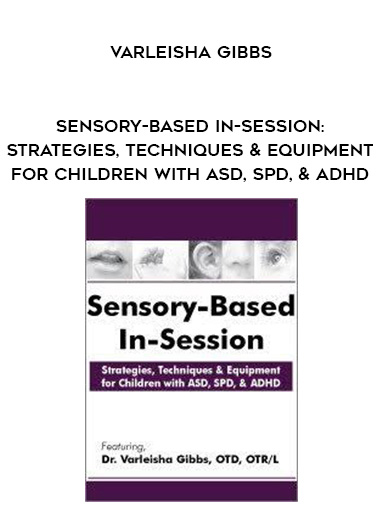
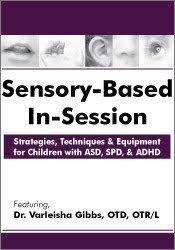
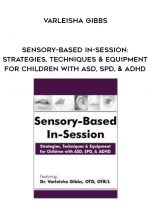
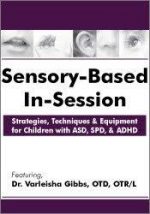






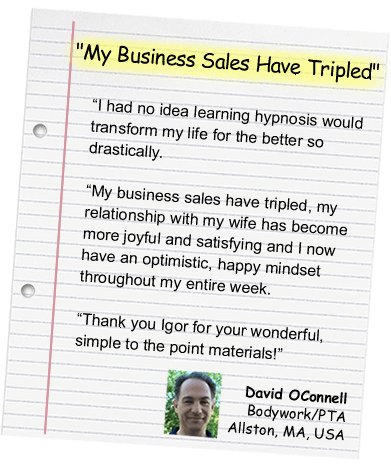























Reviews
There are no reviews yet.